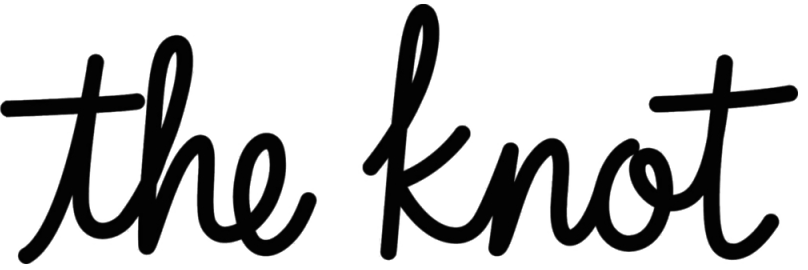I know I am dating myself a bit to say that I remember a pre-social media event industry.
I can recall the exact client and the exact moment this person asked me: “Have you heard of this new thing called Pinterest?” (How did we manage before Instagram, Twitter, Facebook, and TikTok?)
Social media has truly changed the event planning and hospitality industry—in ways that are a mix of for better and for worse. Here’s my take as an event planner and industry educator on some of the pros and cons …
BENEFIT: Great for inspiration
Social media sites—and, in particular, Pinterest—are great tools for seeking out and curating ideas. I even ask my clients to pull pictures of things they like that will help me learn about their personal taste, style, and vision. That is a huge help in the design process!
DRAWBACK: Bad for the details
In the social media age, people see events for their design alone—not all of the details, logistics, and planning that go into them. Therefore, too often people don’t plan for all of the nuances that can make or break an event (because those things can’t be photographed).
For example, is there the correct number of bars and bartenders so guests don’t have to wait in long lines? How far away is the parking from the event venue? Do you have enough valet attendants to meet the demand for the anticipated number of parked cars? Has the band planned its breaks so they coincide with the programming for the rest of the event? And the list goes on …
These are just a few of the many things that an event planner can help you with in advance—none of which can ever be photographed. What we see in the social media photo is only the highlight reel.
***
Shari Zatman is an event producer with more than two decades of experience. She owns two companies: Perfectly Planned by Shari, which focuses on luxury events (like weddings and mitzvahs), and Eventful Event Producers, which focuses on corporate and non-profit events. Her latest venture is event training, coaching, and consulting for event and hospitality professionals. She created a handbook and seminars to work with them to identify problem areas, create solutions and share best practices.









